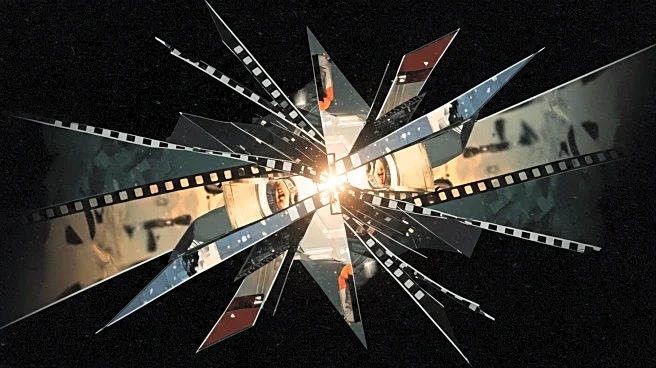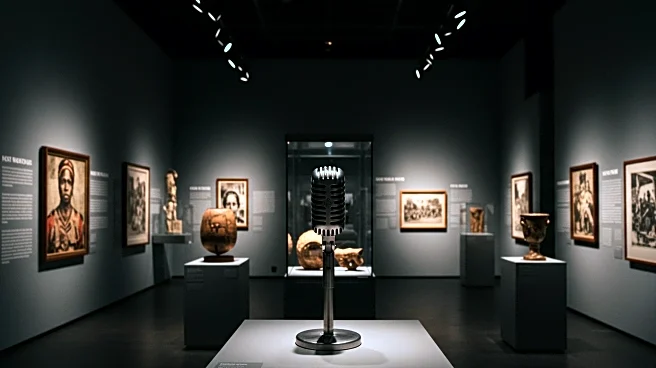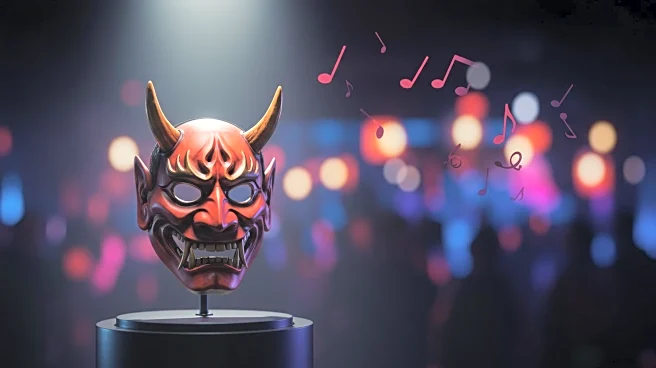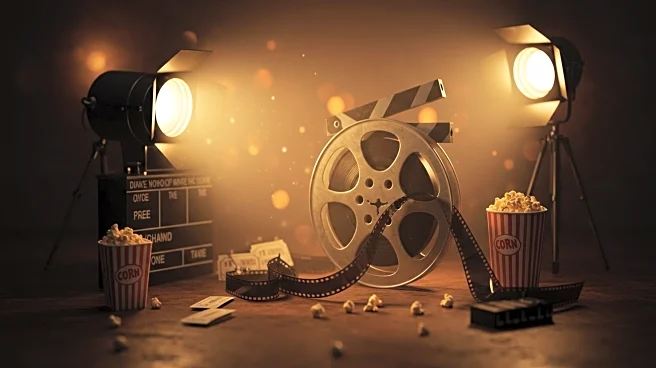What's Happening?
The Rashomon effect, a narrative technique popularized by the 1950 Japanese film 'Rashomon,' continues to influence modern cinema. This storytelling method involves presenting multiple, often contradictory, perspectives of the same event, challenging audiences to discern the truth. The technique has been widely adopted in films and television, shaping how stories are told and perceived. NPR's film experts discuss the legacy of 'Rashomon' and its impact on narrative complexity in visual media.
Why It's Important?
The Rashomon effect has significantly shaped narrative structures in film and television, encouraging more complex and engaging storytelling. By presenting multiple viewpoints, creators can explore themes of truth, perception, and subjectivity, offering audiences a more immersive experience. This approach has broadened the scope of storytelling, allowing for deeper character development and more nuanced plots, influencing both mainstream and independent productions.
Beyond the Headlines
The Rashomon effect's influence extends beyond entertainment, affecting how narratives are constructed in journalism, literature, and even legal proceedings. It highlights the subjective nature of truth and the importance of perspective, prompting audiences to question their assumptions and consider multiple sides of a story. This narrative style encourages critical thinking and empathy, fostering a more informed and engaged public.











